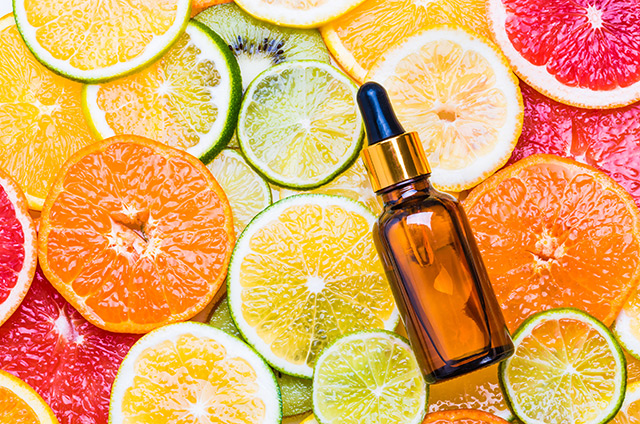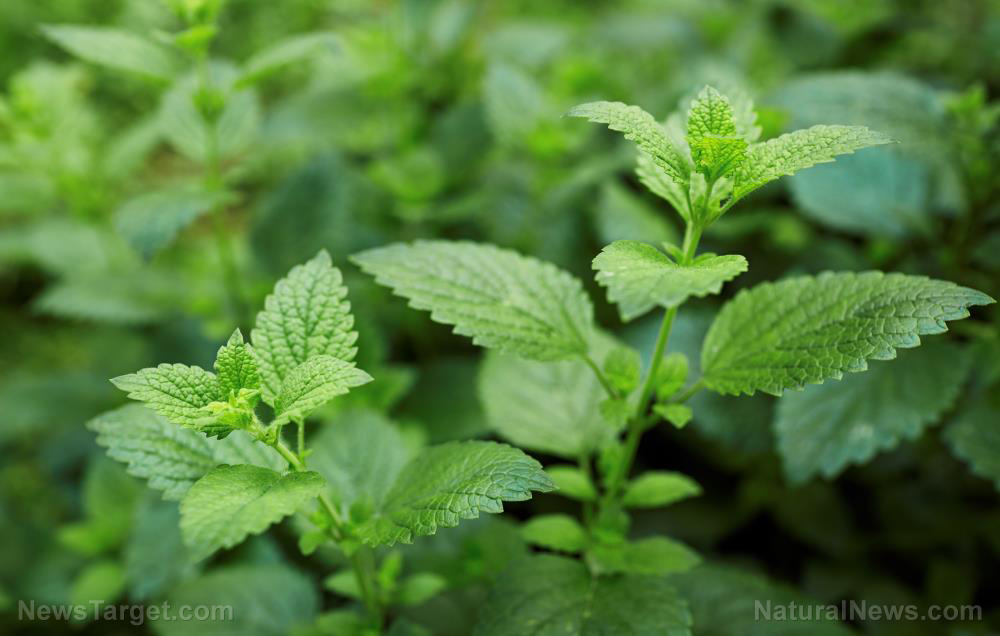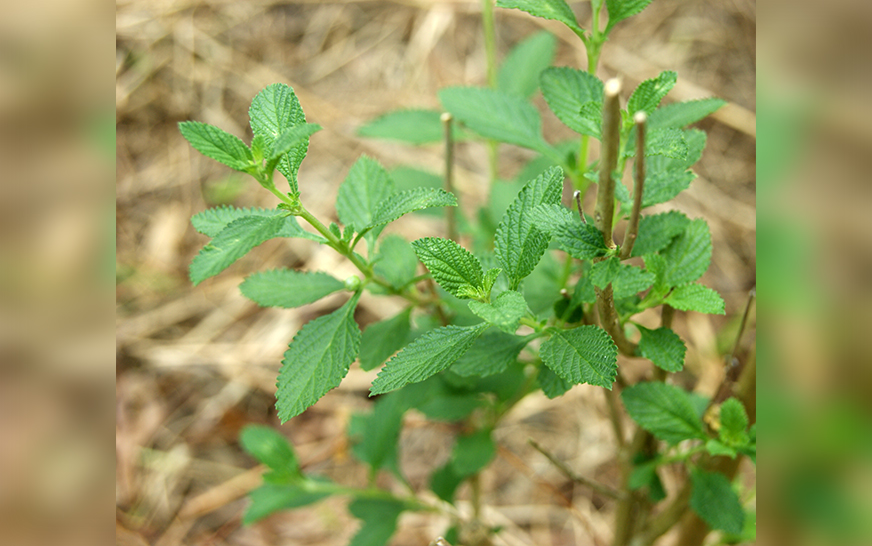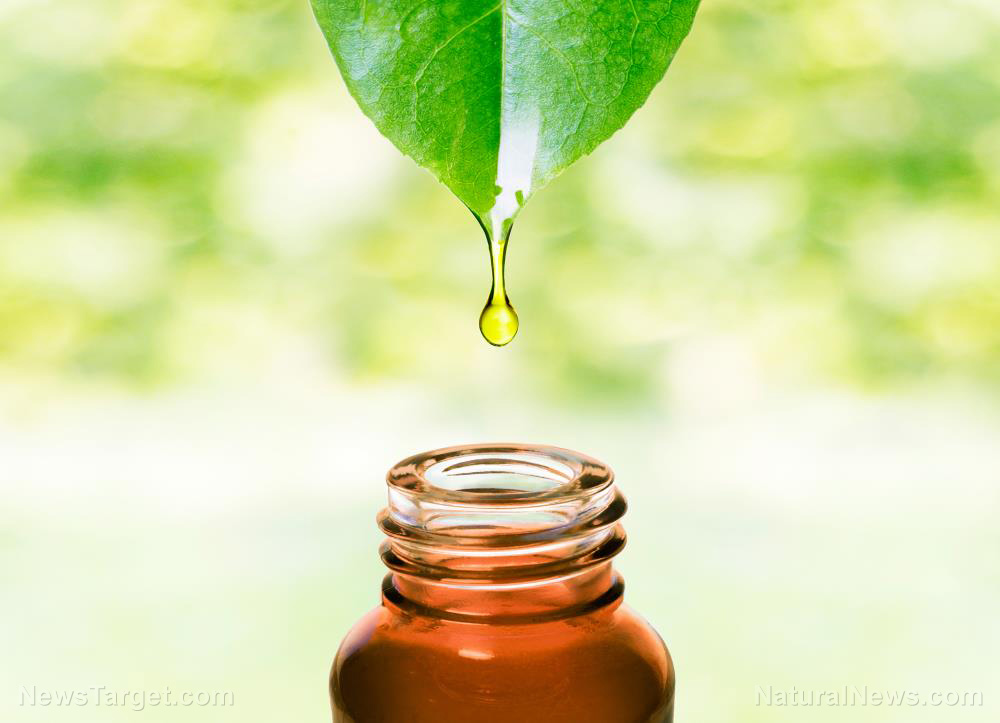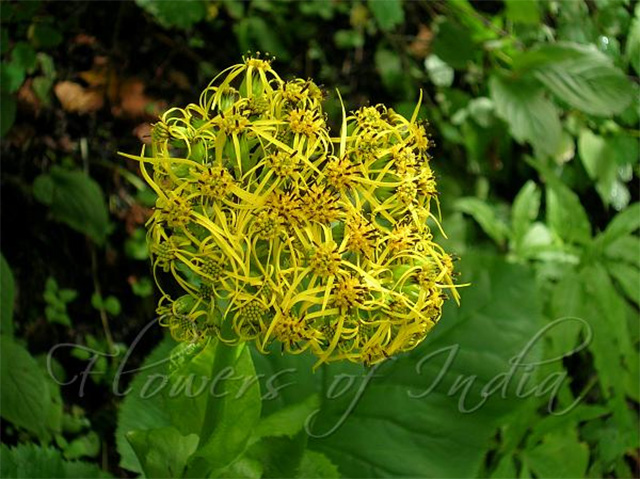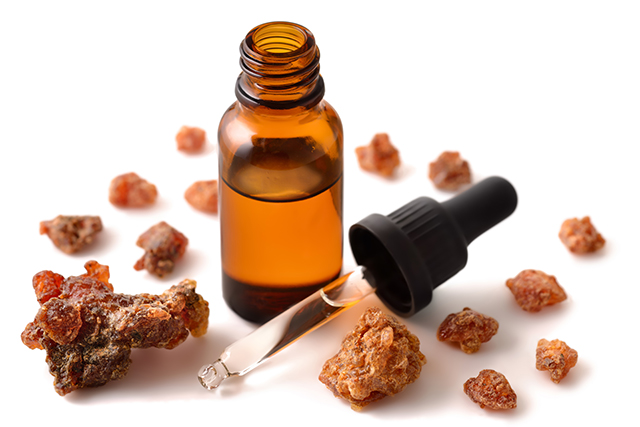Healing properties of peppermint oil improved by nanotechnology
09/10/2019 / By Melissa Smith

Peppermint essential oil is a powerful natural medicine that has a hydrophobic and volatile nature. Now, research suggests that its healing properties can be enhanced with the help of nanotechnology. This research, which was published in the Colloids and Surfaces A: Physicochemical and Engineering Aspects, was conducted to assess the efficiency of peppermint essential oil encapsulated in nanostructured lipid carriers on lab and animal trials.
For the lab trial, a team of researchers from Islamic Azad University in Iran assessed the antibacterial activity of nano-encapsulated peppermint oil against positive and negative bacteria. These included Escherichia coli, Salmonella typhimurium, Pseudomonas aeruginosa, Staphylococcus aureus, S. epidermidis, Bacillus anthracis, S. pneumonia, and Listeria monocytogenes?.
In the animal trial, the team examined the effects of nano-encapsulated peppermint oil on the wounds of mice infected with P. aeruginosa and S. aureus. Then, they divided the animals into four groups. One group served as the control, while the remaining groups served as the treatment groups. In the treatment groups, one group received Mupirocin, a topical antibiotic used for superficial skin infections, a standard peppermint essential oil, and the nano-encapsulated peppermint oil.
The researchers found that the nano-encapsulation of peppermint oil may create the basis of a topical formulation for infected wounds by improving the oil’s bioavailability. They also observed that the oil exhibited antibacterial activity against the bacteria tested, as well as accelerated the healing process of wounds. Moreover, they saw that nano-encapsulated peppermint oil reduced the inflammatory phase of wounds by reducing bacterial count and inflammation in the tissue.
The researchers explained that the oil’s activity was characterized by rapid cellular proliferation, collagen deposition, and angiogenesis. Angiogenesis offers essential nutrients and oxygen during the wound healing process. It also stimulates the formation of granulation tissue.
Overall, the findings of the study indicated that encapsulating peppermint oil in nanostructured lipid carriers is an effective strategy for producing a viable alternative to synthetic chemical products that are currently used to heal wounds.
The health benefits of peppermint essential oil
Peppermint essential oil is derived from the leaves of the peppermint plant (Mentha x piperita). This plant is a hybrid mint that is a cross between spearmint and watermint. Aside from its wound healing properties, peppermint oil offers many other health benefits, such as:
- Reducing the symptoms of IBS – Peppermint essential oil can relieve the symptoms of irritable bowel syndrome (IBS) without causing serious side effects, according to a study published in the journal BMC Complementary and Alternative Medicine. Other studies suggest that it can relax the smooth muscles of the gastrointestinal (GI) tract, fight inflammation, influence the bacteria in the GI tract, and relieve pain in the GI tract.
- Relieving pain – Various forms of peppermint essential oil or menthol may help relieve pain caused by headaches and migraine attacks when applied on the skin. In tablet form, peppermint essential oil may ease discomfort in people who have difficulty swallowing and non-cardiac chest pain.
- Supporting skin and hair health – Peppermint essential oil is a popular ingredient in cosmetic products. According to some studies, peppermint essential oil can help relieve itchy skin. There is also some evidence suggesting that the oil may support hair growth.
- Treating nausea – While more studies are needed for this benefit, existing research suggests that aromatherapy with peppermint essential oil may help relieve nausea that occurs after an operation.
It is important to remember that peppermint essential oil must be diluted in a carrier oil first before using. And while it is generally safe, it can be toxic in large doses.
Sources include:
Tagged Under: alternative medicine, antibacterial, biotechnology, essential oils, herbal medicine, Herbs, Mentha piperita, nanotechnology, natural cures, natural healing, natural medicine, peppermint, Peppermint Oil, remedies, research, skin health, Wound Healing
RECENT NEWS & ARTICLES
COPYRIGHT © 2017 ESSENTIAL OILS NEWS







